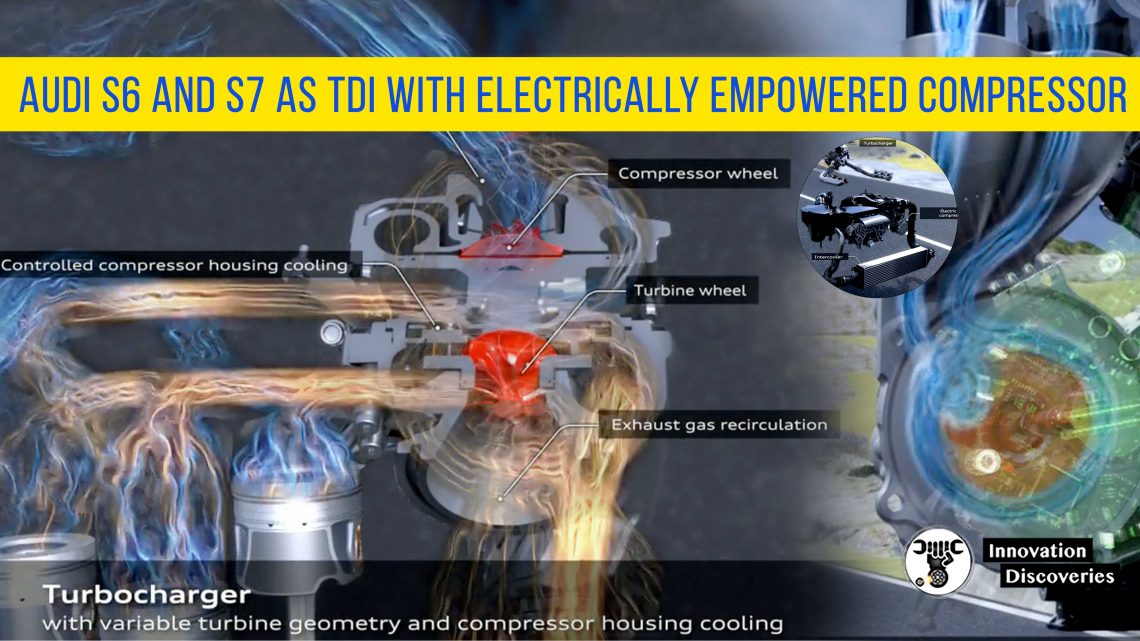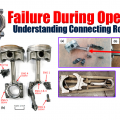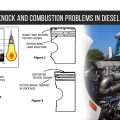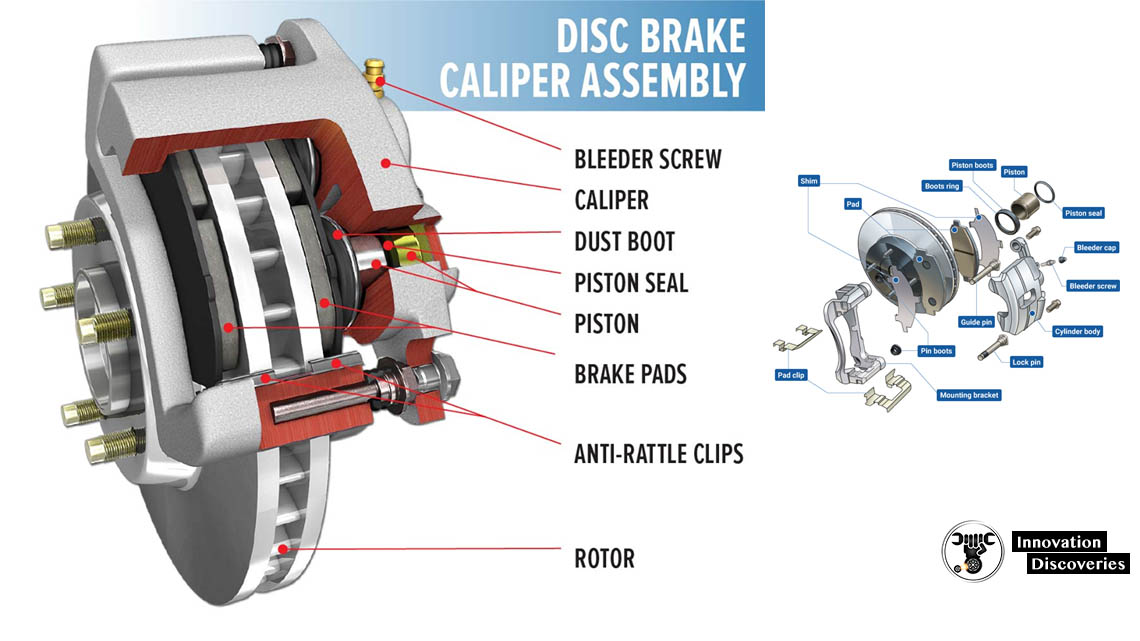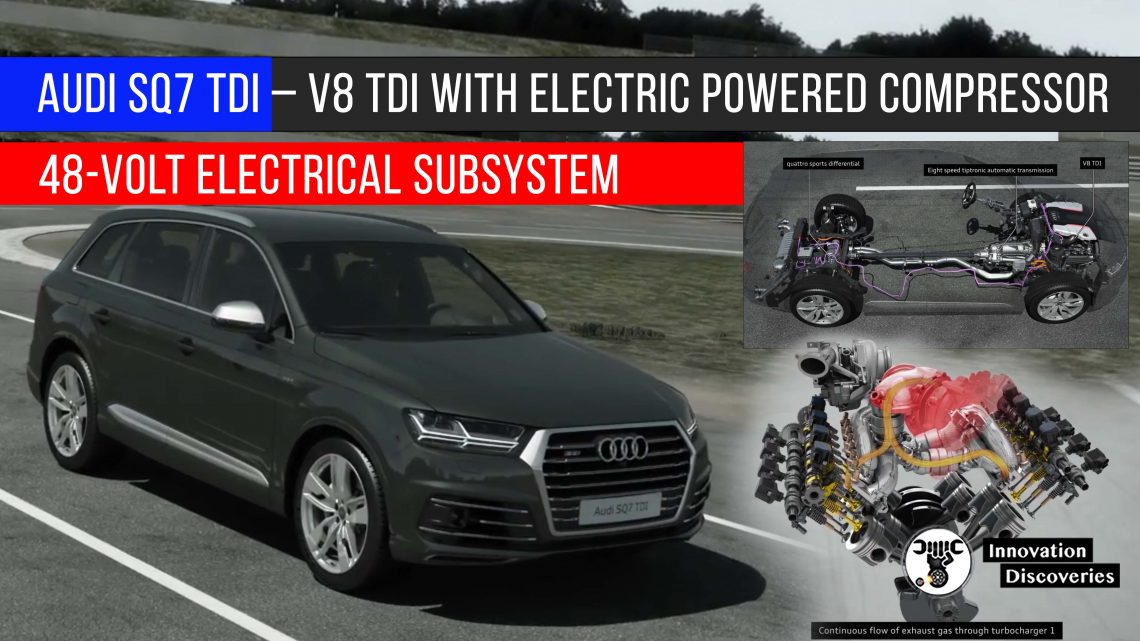
The 4.0 TDI has been newly developed from the ground up. It combines best-in-class performance with low consumption and guarantees maximum dynamics.
The V8 engine has a displacement of 3,956cc.
The two exhaust-gas turbochargers are activated selectively according to the concept of sequential charging since exhaust gas only flows through one turbocharger at low and intermediate loads.
The second turbine is only activated at higher loads.
An electric powered compressor (EPC) augments the work of the two turbochargers, particularly in the lower engine speed range, providing for extremely dynamic off-the-line performance.
Forced induction concept and electrical system: Electric powered compressor (EPC) and 48‑volt subsystem
The electric-powered compressor is the world’s first production vehicle.
This EPC strongly supports the 4.0 TDI engine when starting and accelerating from a low load for pure dynamics with no turbo lag.
It is placed in the air path downstream of the intercooler, close to the engine.
Because the EPC does not require any exhaust-gas energy to develop a boost, it can be used at any time, thus making it the solution for the traditional weaknesses of the classic exhaust-gas turbocharger.
With this technology, turbo lag is history. The EPC provides the engine the boost energy needed for the dynamic delivery of power in less than 250 milliseconds.
Driven by a compact electric motor, its compressor wheel spins up to 70,000 revolutions per minute.
The 4.0 TDI thus develops its immense power with no perceptible lag: It is available immediately upon depressing the accelerator.
That is a major plus, particularly when starting off.
The Audi valve lift system (AVS) is also making its debut in a diesel model from Audi.
The inlet and exhaust camshafts each have two cam contours per valve.
On the inlet side, one cam contour supports starting off in conjunction with the EPC, while the other optimizes cylinder filling and thus power at high engine speeds.
The AVS system on the exhaust side enables activation of the second exhaust-gas turbocharger.
The sequential charging system controls the two exhaust-gas turbochargers so that only one turbocharger is used at low engine speeds.
The second is activated additionally at higher loads and engine speeds.
The customer benefits from very good torque delivery and dynamic response across the entire engine speed range.
The exhaust streams from the two exhaust valves are hermetically separated, with each driving one of the two turbochargers.
In the lower engine speed range, one valve per cylinder remains closed, so that the full exhaust stream flows to the active turbocharger.
When load and engine speed increase, the AVS opens the second exhaust valve.
This directs flow to and activates the second exhaust-gas turbocharger.
The engine achieves its maximum output in this biturbo mode.
The switching by the AVS enables fast and precise activation of the second exhaust-gas turbine.
The power for the EPC, which reaches a maximum of 7 kW, is provided by the 48‑volt electrical subsystem.
The SQ7 TDI uses this higher-power electrical system, which facilitates the high-power systems electromechanical active roll stabilization (EAWS) and EPC.
To meet their high power and energy requirements, the electrical subsystem includes its 48‑volt lithium-ion battery mounted beneath the luggage compartment with a nominal energy content of 470 watt-hours and a peak output of up to 13 kilowatts.
A DC/DC converter connects the 48‑volt and 12‑volt electrical systems. The required energy is provided by a more powerful and highly efficient generator with an efficiency of over 80 percent at an output of up to 3 kW.
This is a so-called MOSFET generator (Metal Oxide Semiconductor Field Effect Transistor), which reduces electric losses and increases efficiency.
MOSFETs replace the diodes used previously.
In addition, the 48‑volt storage unit supports the 12‑volt electrical system when required.
This also reduces the load on the 12‑volt lead battery.
READ MORE:

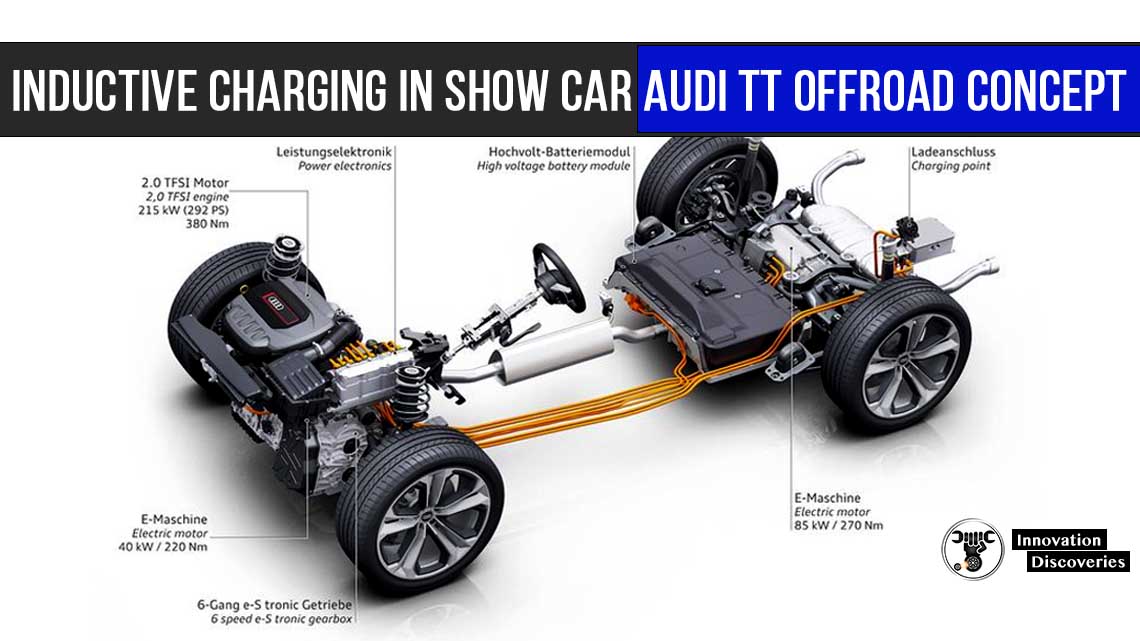
Visit Forum
Visit Our Friendly Website


